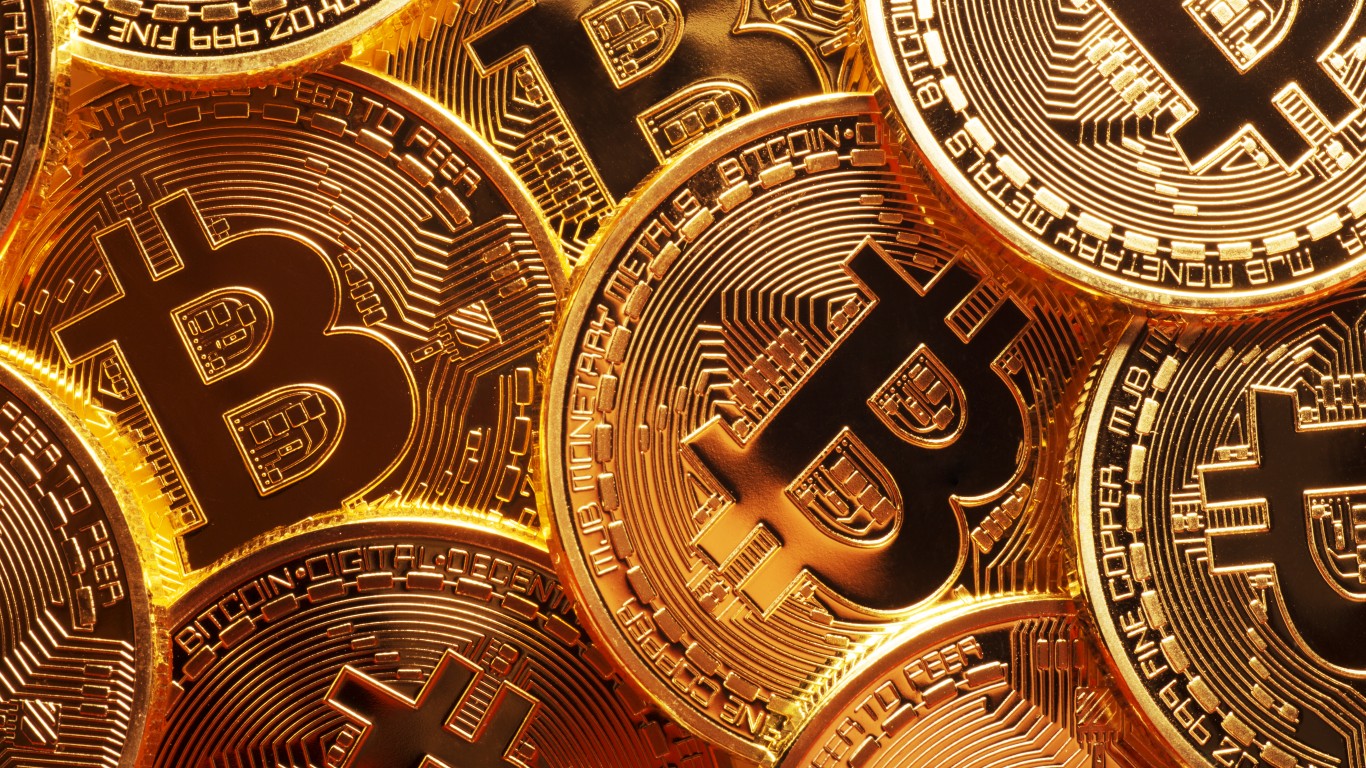

OKX, one of the biggest crypto exchanges in the world, published its tenth consecutive monthly Proof of Reserves (PoR) report on Wednesday, showing it holds $10.4 billion in primary assets. The exchange also conducted a social media survey on PoR and transparency, with over 80% of respondents seeing the two as essential factors when choosing their go-to trading platform.
OKX Holds a Reserve Ratio of Over 100% Across 22 Cryptocurrencies
On Wednesday, leading crypto exchange OKX unveiled its 10th consecutive monthly PoR report for August. The report shows that OKX holds $10.4 billion in cryptocurrency reserves, including Bitcoin, Ethereum, and Tether’s USDT.
The company’s PoR offers insights into its holdings of 22 popular digital assets and shows the exchange has maintained a reserve ratio of more than 100% for ten straight months across all those cryptocurrencies. Apart from the three largest crypto assets, OKX also holds reserves for USDC, XRP, DOGE, LTC, OKT, TRX, DASH, DOT, and others.
Regarding BTC, ETH, and USDT, OKX’s current reserve ratios for these cryptocurrencies are 102%, 102%, and 103%, respectively. Meanwhile, the exchange’s assets under management saw a significant increase of 38%.
“OKX’s ten consecutive monthly PoR snapshots have coincided with a 38% increase in assets under management on OKX, showing that our keen focus on transparency is resonating with users.”
– OKX Global Chief Commercial Officer Lennix Lai said.
PoR Helps Prove Solvency, But Shouldn’t Be Completely Trusted
Alongside its 10th consecutive PoR, OKX also carried out two surveys on Twitter aimed at gauging the sentiment of the online crypto community regarding the importance of PoR and transparency. The survey results showed that 84% of respondents saw PoR reports as ‘somewhat important’ or ‘very important,’ while 88% believed transparency is ‘somewhat important’ or ‘very important’ when choosing a cryptocurrency trading platform.
Crypto exchanges and other digital asset service providers started releasing PoR reports late last year after the contagious collapse of the FTX exchange highlighted significant solvency risks. At the time, some said the FTX’s implosion would have been prevented if PoR were in place, as it could have prevented customers’ funds from being transferred to the wrong places.
However, although PoR reports can help prove solvency to some point, they cannot be trusted entirely, the top US audit watchdog said earlier this year. PoR aims to verify assets at a specific time, but they have notable limitations due to their methods, the Public Company Accounting Oversight Board (PCAOB) stated in March. Some of these limitations include overlooking the crypto entity’s liabilities, digital asset holders’ rights, obligations, and potential excess borrowing of assets beyond customer needs.
This article originally appeared on The Tokenist
ALERT: Take This Retirement Quiz Now (Sponsored)
Take the quiz below to get matched with a financial advisor today.
Each advisor has been vetted by SmartAsset and is held to a fiduciary standard to act in your best interests.
Here’s how it works:
1. Answer SmartAsset advisor match quiz
2. Review your pre-screened matches at your leisure. Check out the advisors’ profiles.
3. Speak with advisors at no cost to you. Have an introductory call on the phone or introduction in person and choose whom to work with in the future
Take the retirement quiz right here.
Thank you for reading! Have some feedback for us?
Contact the 24/7 Wall St. editorial team.



